For some listeners, Pink Floyd’s “Another Brick in the Wall” was a rebellious, grooving rock track ideal for car ride sing-alongs, but for the youth of South Africa, the pseudo-disco cut from The Wall became an anthem for the lengthy, violent protests that plagued the country in the spring of 1980. By May 1, 1980, the apartheid state banned the song.
Videos by American Songwriter
By May 1990, the South African government began working to repeal the legislation supporting racial segregation, eventually lifting the ban on Pink Floyd’s magnum opus rock opera. Still, the decade-long banishment speaks to the power of both the song itself and the oppressive government that people protested against through the track.
The Governmental Banning Came After Lengthy, Violent Protests
South African apartheid created a highly segregated educational system that resulted in massive inequalities between Black and white students. This decades-long segregation was solidified into law with the passing of the Bantu Education Act of 1952, which guaranteed Black students received inferior education that would “limit educational potential and [force these citizens] to remain in the working class,” per a report published by Stanford University. Students began boycotting this severely unbalanced educational system in 1980, leading to a series of lengthy and violent clashes between citizens and the police.
According to SABC News, police shootings amid these protests led to the deaths of over 40 people. The boycotts became so intensely dangerous that by 1985, South Africa had declared a state of emergency. The bloodshed would continue until the country’s first democratic election in 1994. Prior to this turn of events, South African youth began using Pink Floyd’s “Another Brick in the Wall” as a sort of de facto protest anthem. We don’t need no education, they would sing at protests. We don’t need no thought control. The song spoke to the students’ feelings of oppression from teachers who perpetuated the apartheid regime: Hey, teacher! Leave them kids alone.
In early May 1980, the South African Directorate of Publications banned Pink Floyd’s “Another Brick in the Wall,” along with other forms of art and media that the government deemed politically undesirable. Songwriter Roger Waters would later call the move “a cultural blockade, so to speak.”
“Another Brick In The Wall” Held A Powerful Message
As one of the most pop-sensible offerings of Pink Floyd’s rock opera The Wall, “Another Brick in the Wall” quickly became one of the band’s signature tracks. “People were really driven to frenzies of rage by it,” Roger Waters said, per Ultimate Classic Rock. “They thought that when I said, We don’t need no education, that it was a kind of crass, revolutionary standpoint, which, if you listen to it in context, it clearly isn’t at all. On the other hand, it got some strange reactions from people that you wouldn’t expect.”
“The Archbishop of Canterbury went on record saying that if it’s very popular with school kids, then it must, in some way, be expressing some feelings that they have themselves,” Waters continued. “If one doesn’t like it, or however one feels about it, one should take the opportunity of using it as a starting point for discussion, which is exactly how I felt about it.”
Governmental resistance to Pink Floyd’s “Another Brick in the Wall” wasn’t unique to South Africa. Teachers in the U.S. also feared that the song would create uncontrollable classrooms by striking a rebellious chord in their students. Despite countless radio stations trying to ban the song, the institutional protest anthem topped the charts in the U.S., South Africa, Canada, and all throughout Europe, proving that when a message is powerful enough, nothing will stop it from reaching the ears of people who want to hear it.
Photo by Casimiro PT/Shutterstock

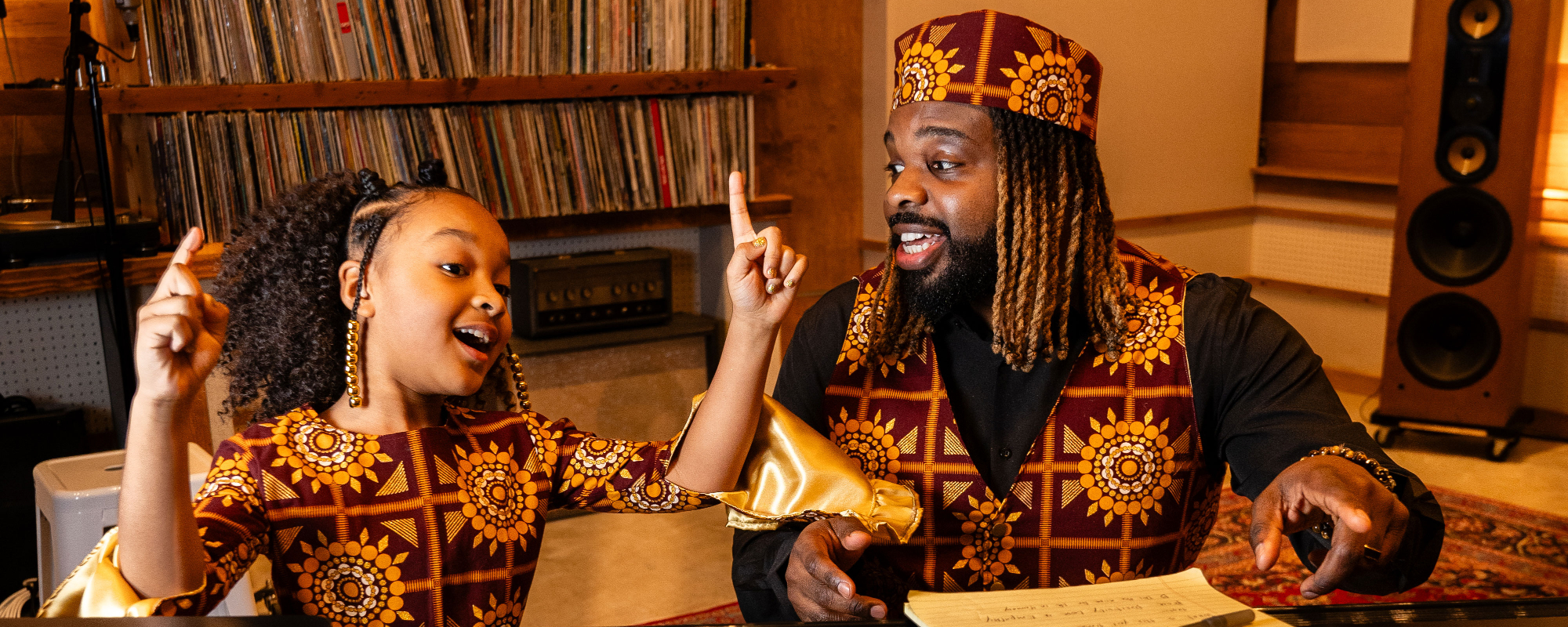
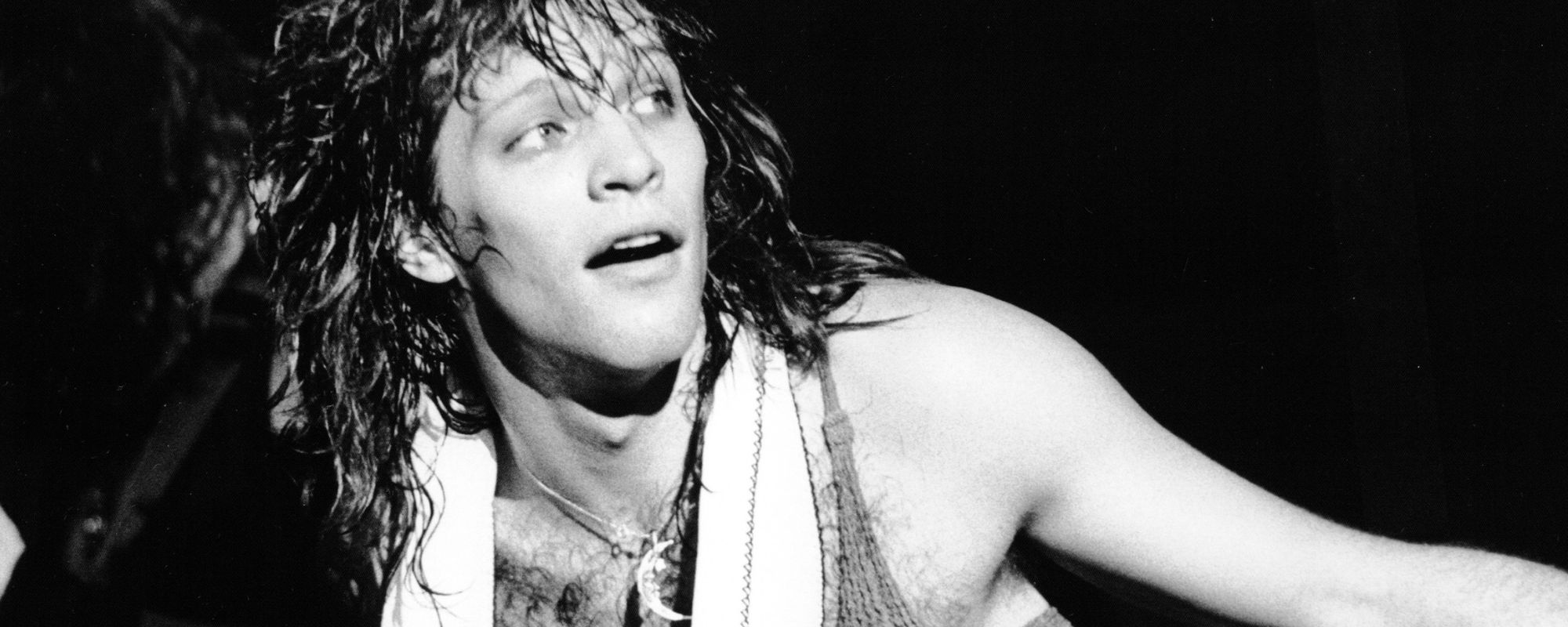
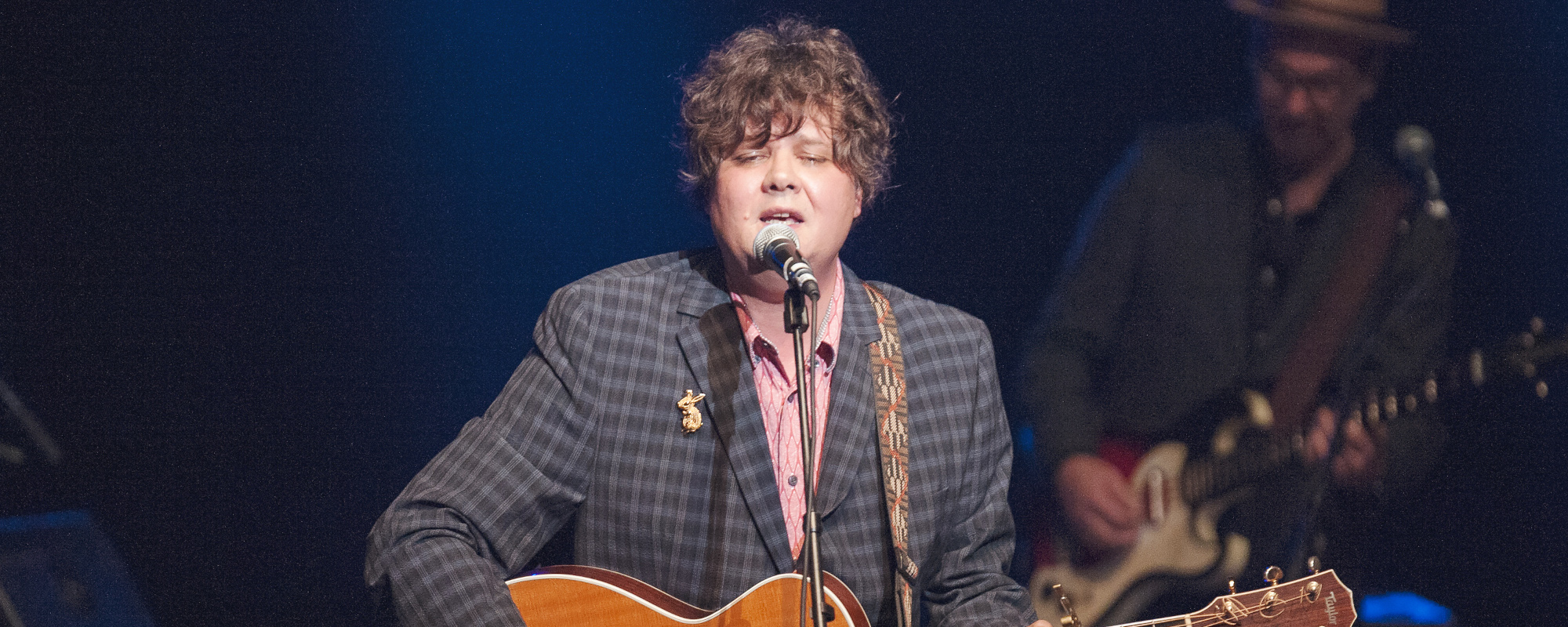
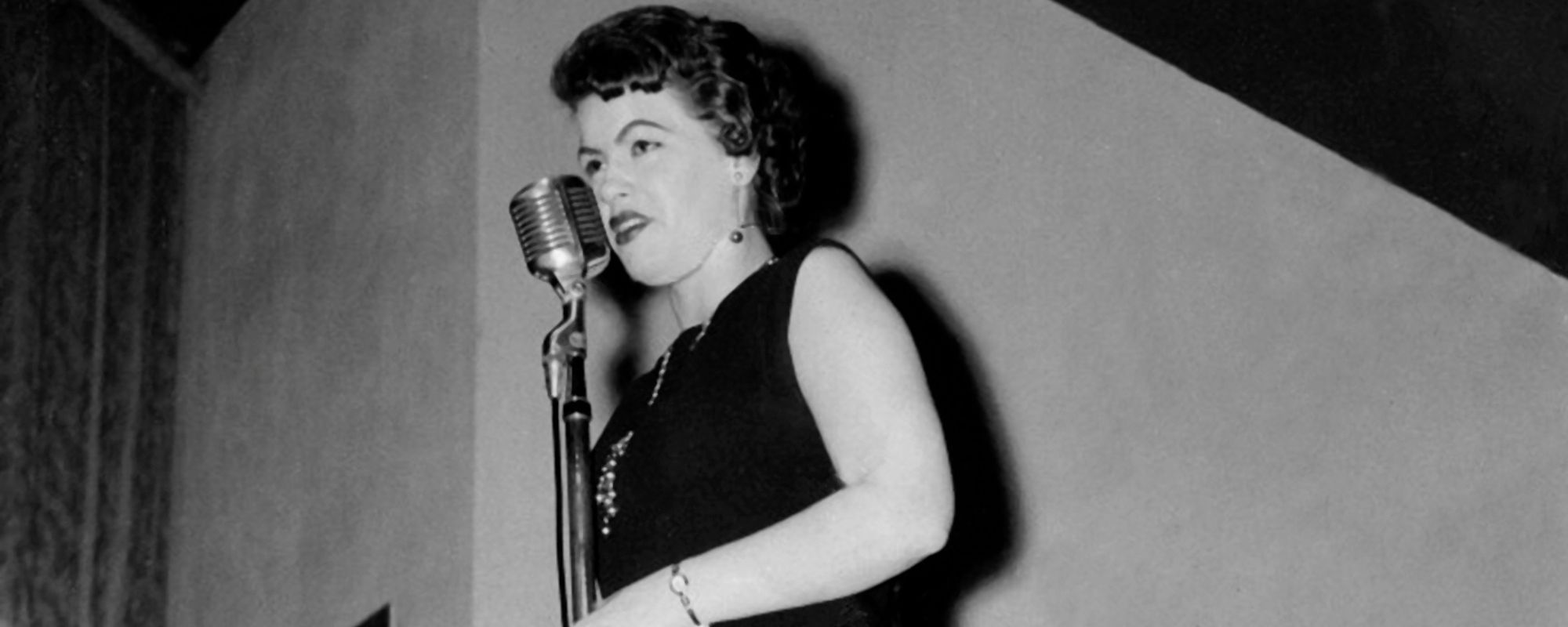
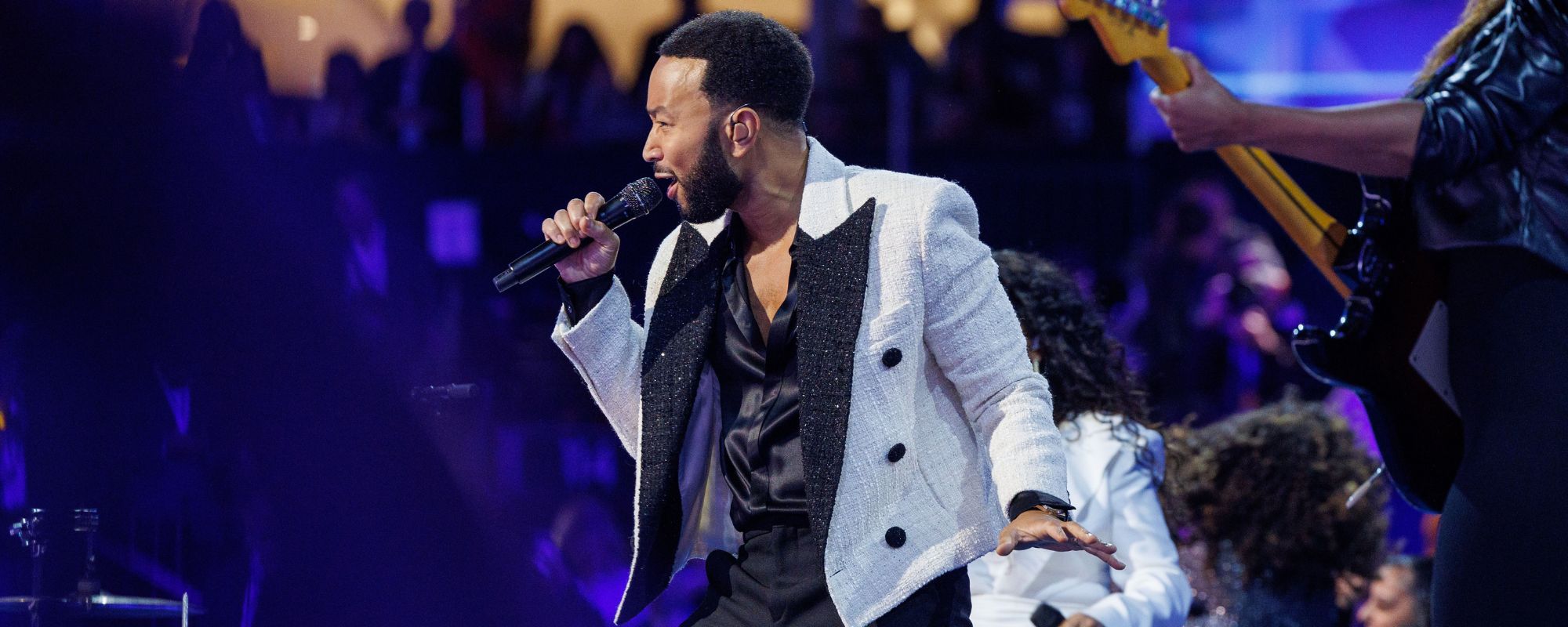
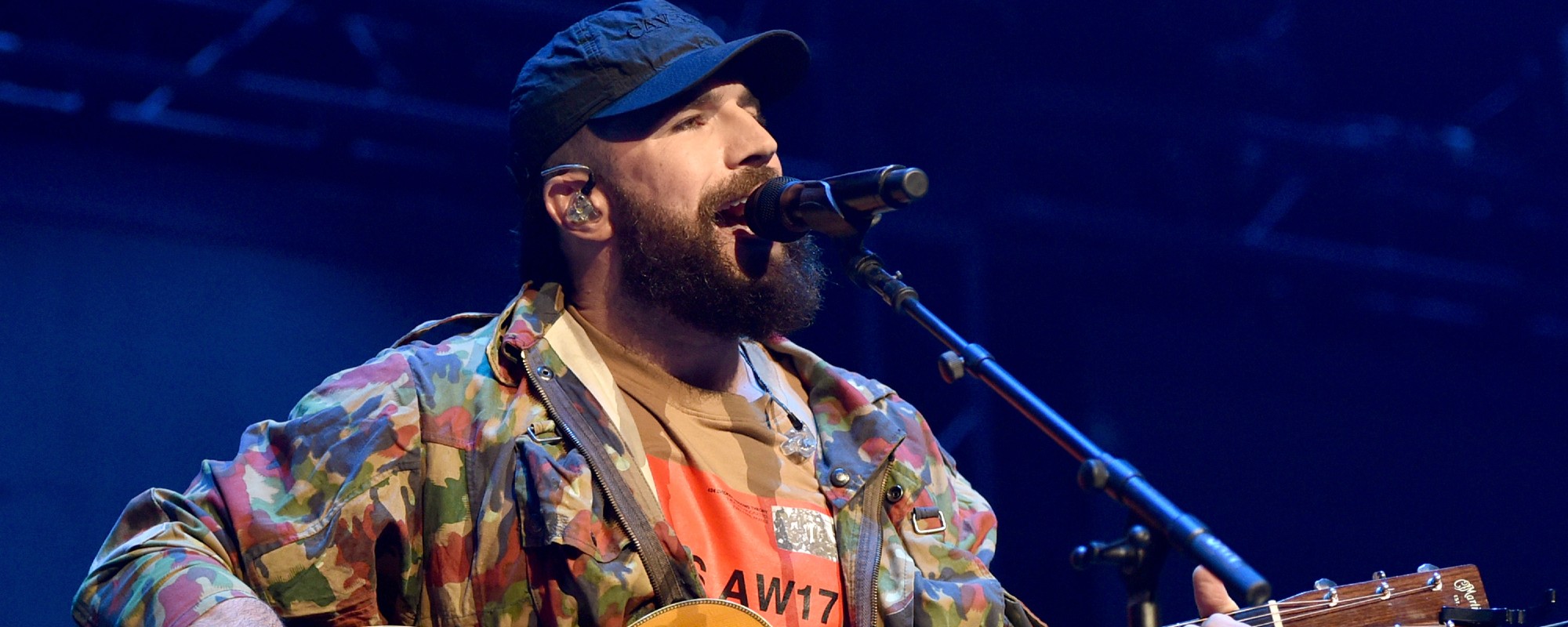
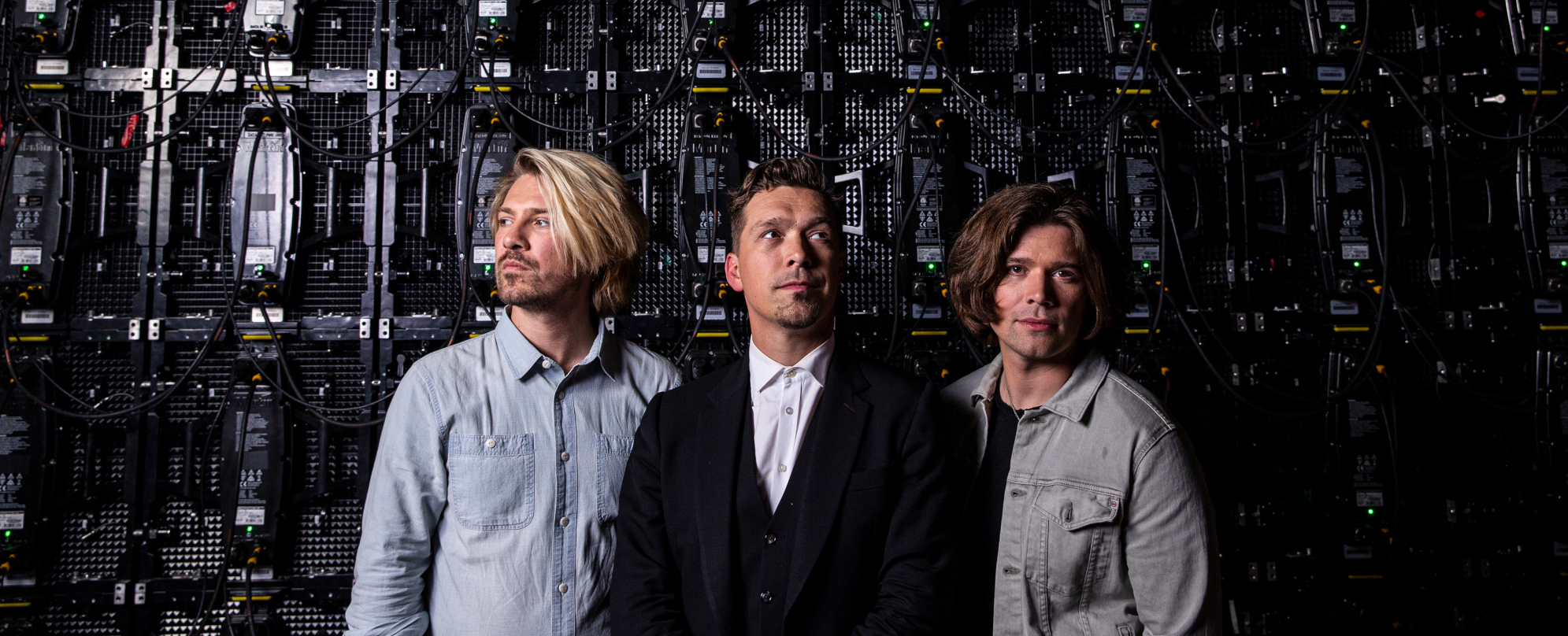
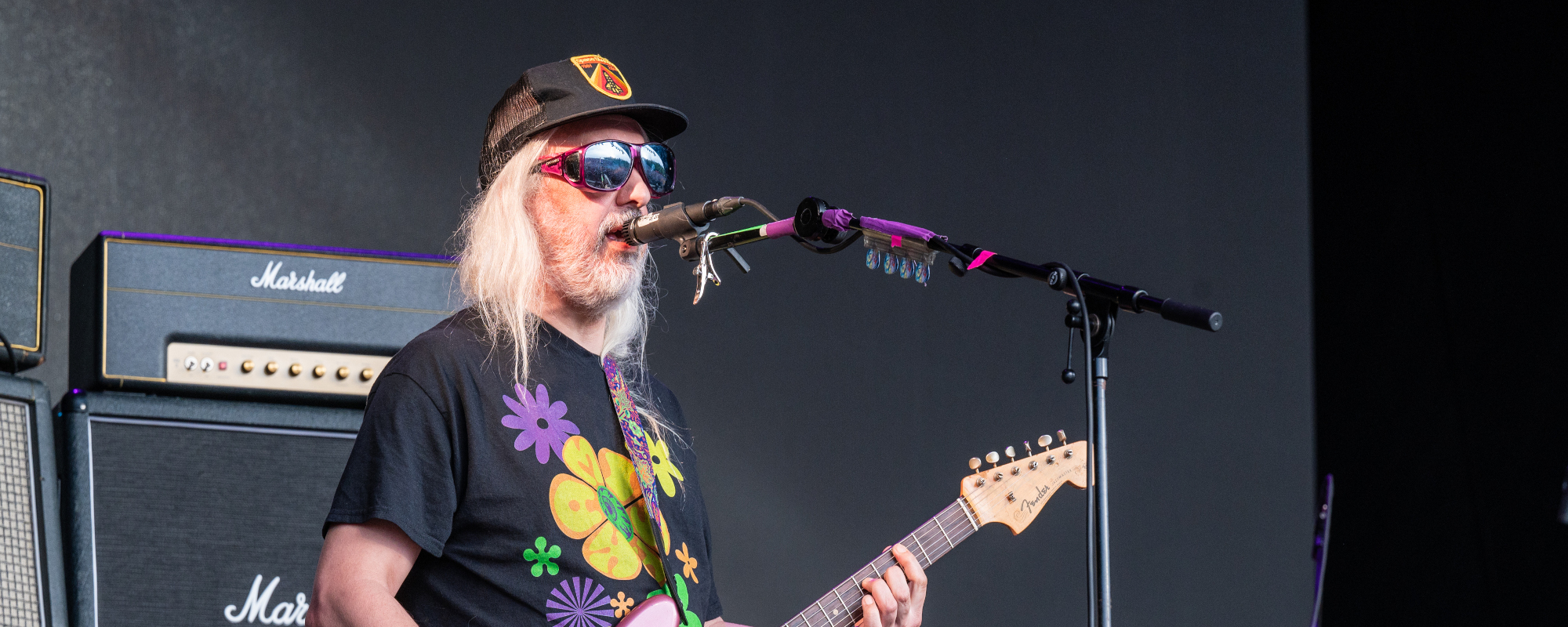
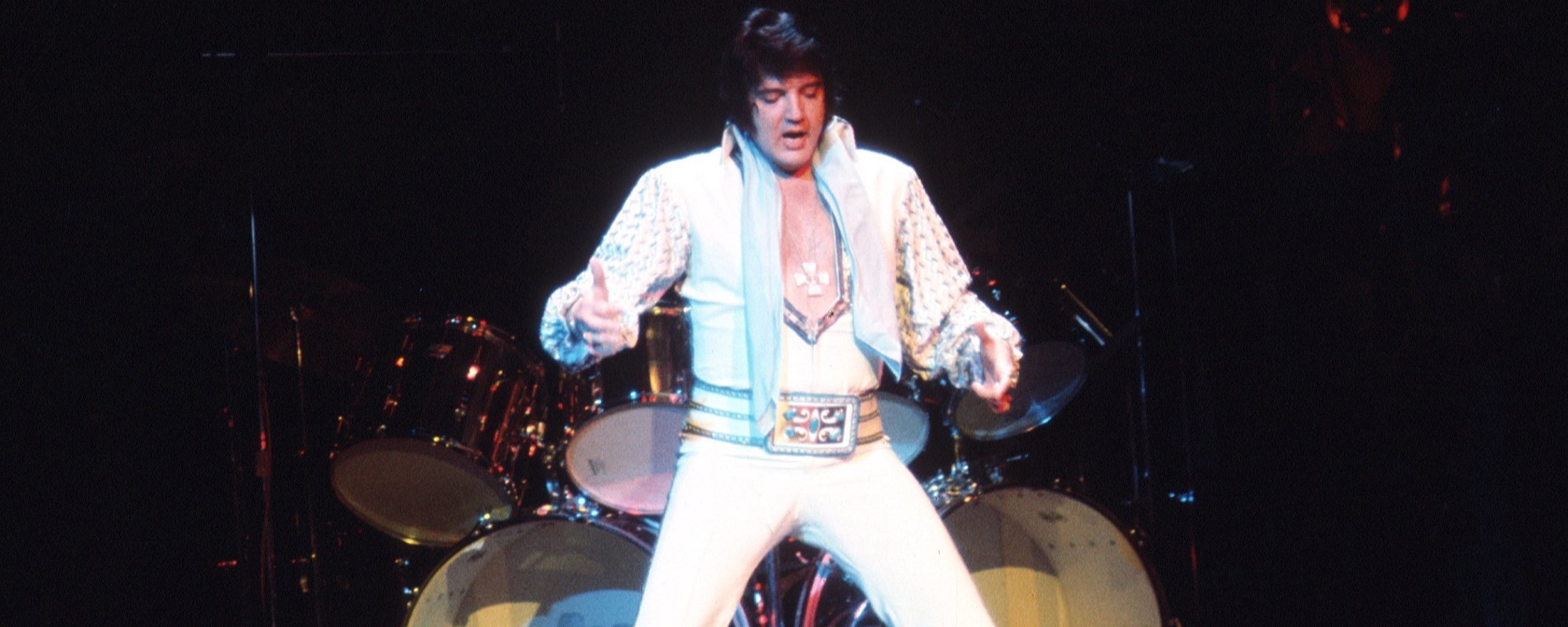
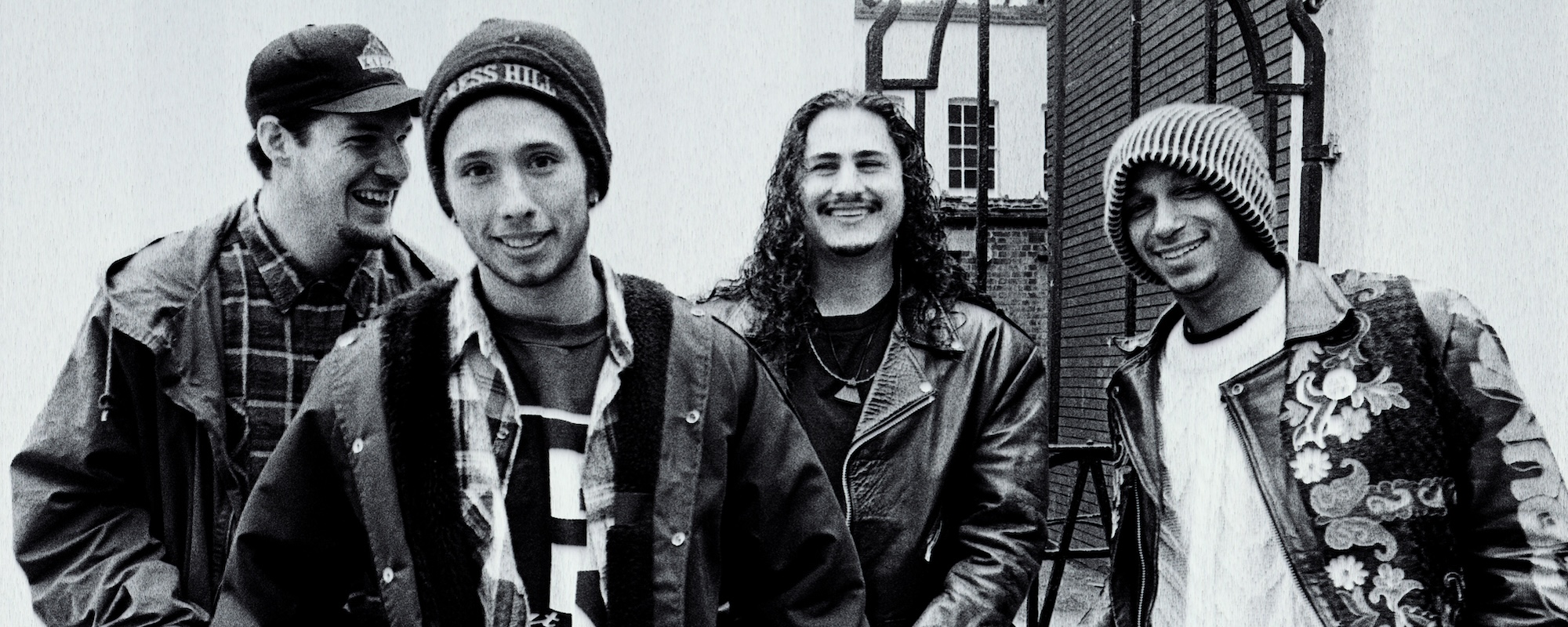
Leave a Reply
Only members can comment. Become a member. Already a member? Log in.